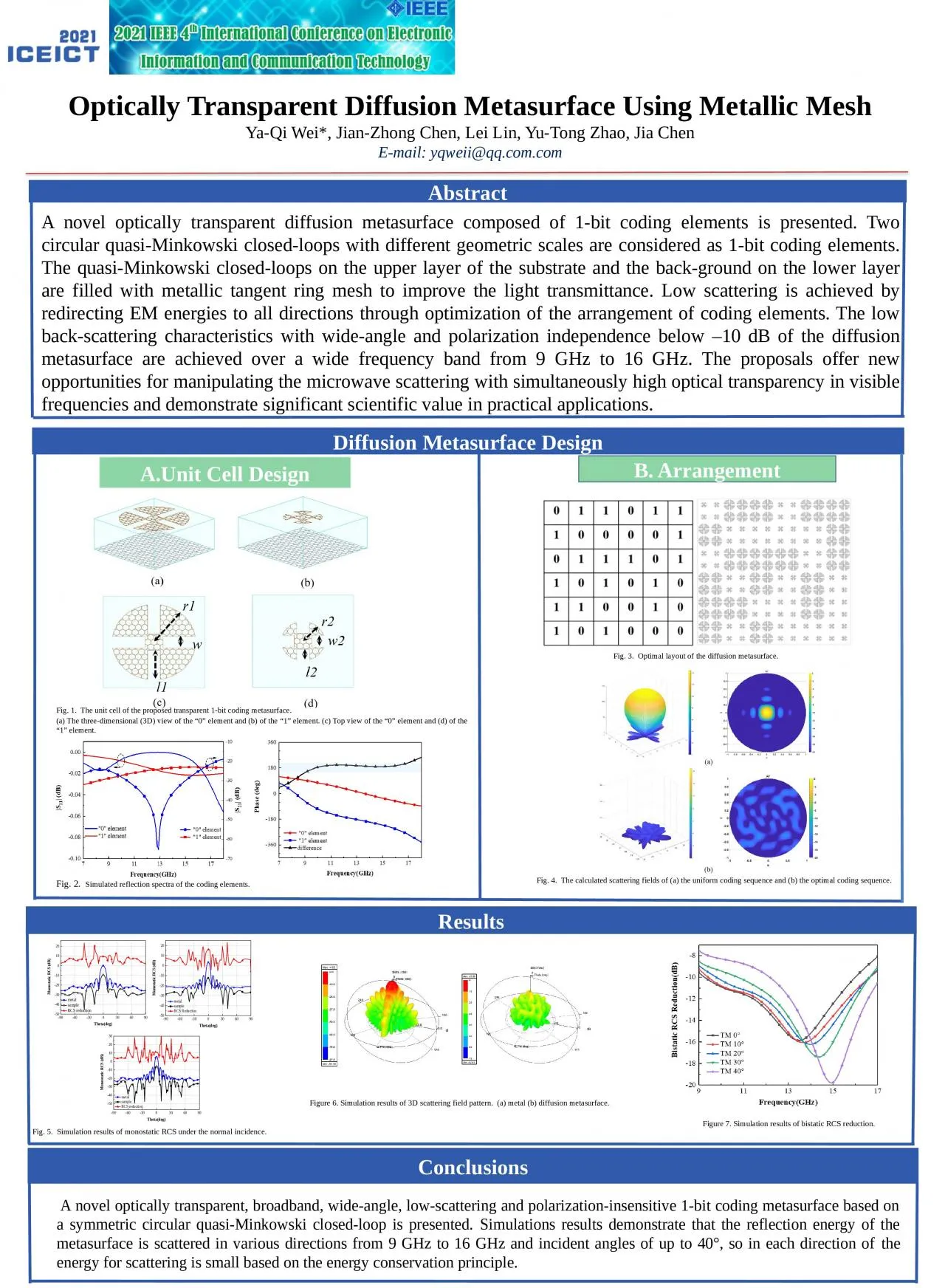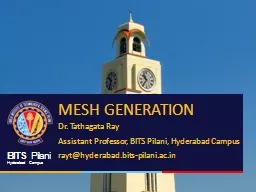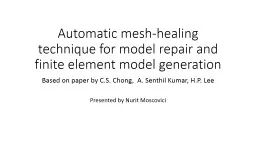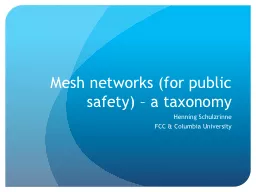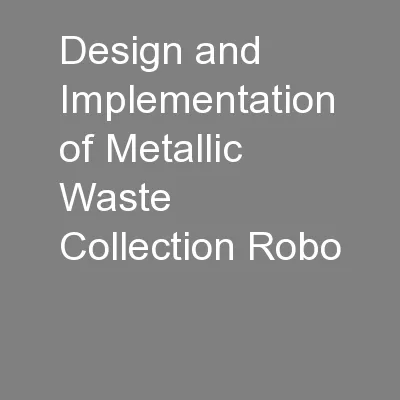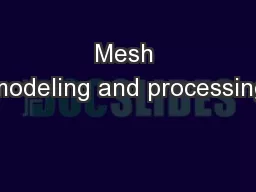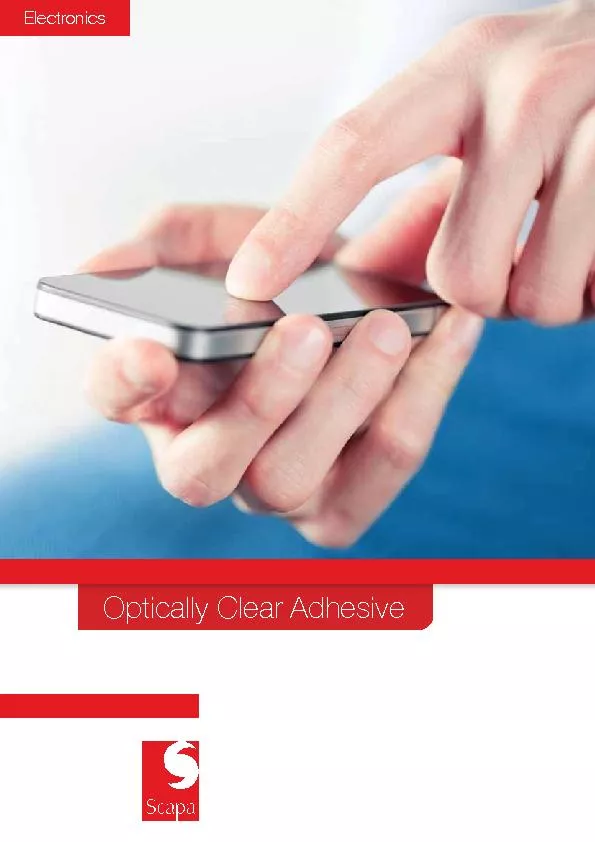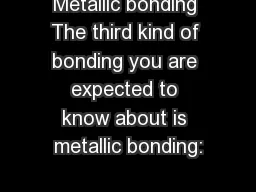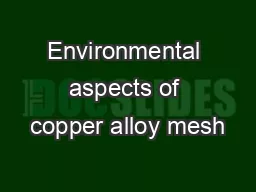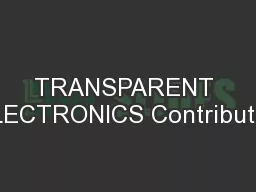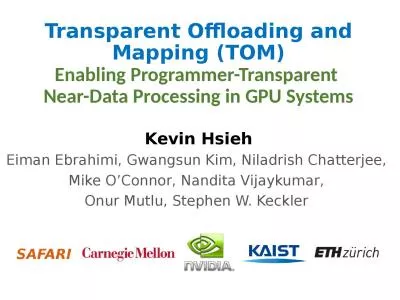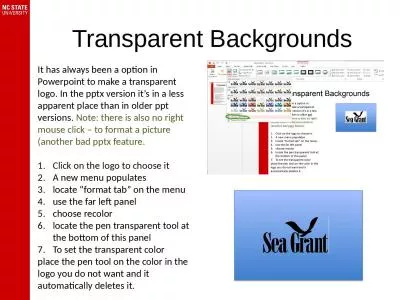PPT-Optically Transparent Diffusion Metasurface Using Metallic Mesh
Author : holly | Published Date : 2022-04-07
Ya Qi Wei JianZhong Chen Lei Lin YuTong Zhao Jia Chen Email yqweiiqqcomcom Abstract Diffusion Metasurface Design Results Conclusions A novel optically transparent
Presentation Embed Code
Download Presentation
Download Presentation The PPT/PDF document "Optically Transparent Diffusion Metasurf..." is the property of its rightful owner. Permission is granted to download and print the materials on this website for personal, non-commercial use only, and to display it on your personal computer provided you do not modify the materials and that you retain all copyright notices contained in the materials. By downloading content from our website, you accept the terms of this agreement.
Optically Transparent Diffusion Metasurface Using Metallic Mesh: Transcript
Download Rules Of Document
"Optically Transparent Diffusion Metasurface Using Metallic Mesh"The content belongs to its owner. You may download and print it for personal use, without modification, and keep all copyright notices. By downloading, you agree to these terms.
Related Documents

